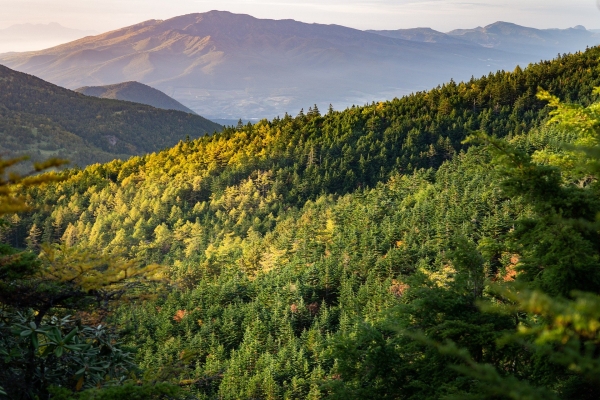Nature-based climate solutions aim to preserve and enhance carbon storage in terrestrial or aquatic ecosystems and could be a potential contributor to Canada’s climate change mitigation strategy. “However, the risk is that carbon stored in ecosystems could be lost back to the atmosphere as a result of wildfires, insect outbreaks, deforestation or other human activities,” says Kirsten Zickfeld, a distinguished professor of climate science in Simon Fraser University's Department of Geography who is on the research team.
The researchers used a global climate model to simulate temperature change through two scenarios ranging from weak to ambitious greenhouse gas emissions reductions. In the relatively weak emissions reduction scenario, carbon emissions continue through 2100. In the ambitious scenario carbon emissions reach net-zero by 2050.
In order to meet the Paris Agreement’s climate goals, the world will need to reach net-zero CO2 emissions around or before mid-century, according to the United Nations’ Intergovernmental Panel on Climate Change.
In both scenarios, it is assumed that carbon storage through nature-based climate solutions is temporary as forests are vulnerable to both natural and human disturbances. Therefore, nature-based climate solutions are anticipated to withdraw carbon from the atmosphere over the next 30 years then slowly release the carbon during the second half of the century.
Read more at: Simon Fraser University
Photo Credit: yoshitaka2 via Pixabay


